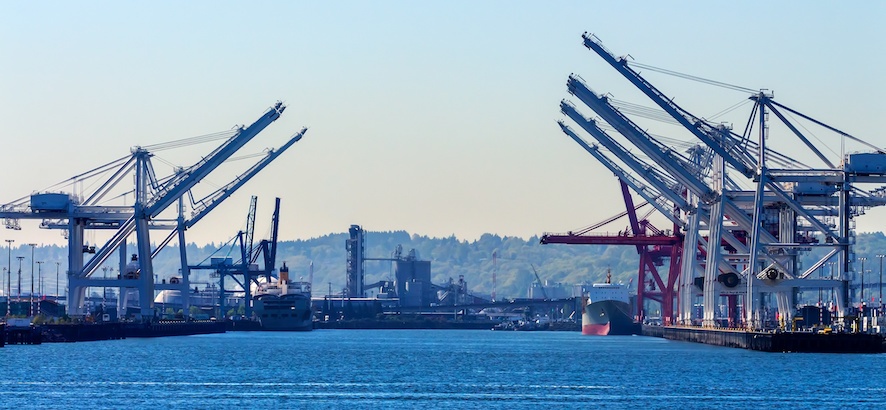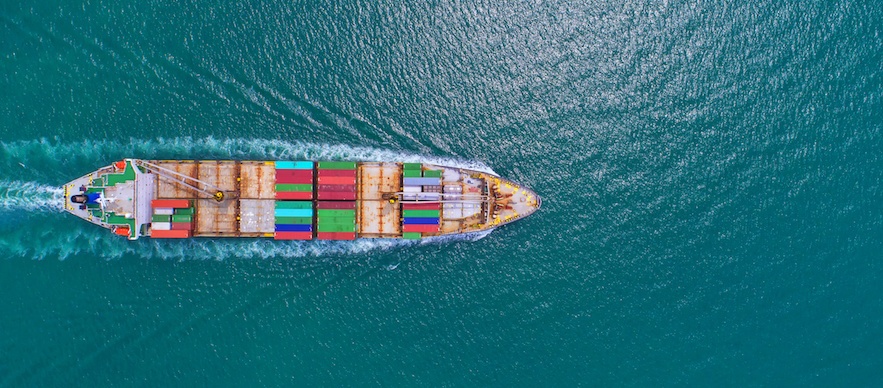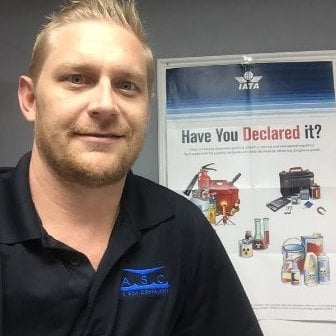
The shipping industry has been around for centuries and has revolutionized the way we live by connecting countries and cultures all over the globe. The influx of food, goods, and information from countries around the world has broadened people's diets and minds and is a vital part of maintaining our world economy.
Over time, shipping equipment and technologies have become more sophisticated, faster, and more efficient to meet the growing demands of our rising global population. One concern for the shipping industry is their considerable contribution to global pollution, as their CO2 emissions account for an estimated 3-4% of all global emissions.
Such large emissions of greenhouse gases contribute significantly to global warming, and as the world’s climate begins to change, it is more crucial than ever for large companies to help clean up the planet.
The insatiable demand of our skyrocketing population for imports is unlikely to change anytime soon, but by employing newer, greener technologies, shipping companies are finding more ways to soften their environmental impact. By reducing their fuel consumption, large ships can make significant cuts to their carbon emissions, and companies are continuously seeking new ways to do so.
Here are the top seven environmentally friendly trends and technologies taking over the shipping industry today, with the goal of working towards a cleaner, greener world.

1. Slow Steaming
Slow steaming is the practice of simply running at a lower speed, which can significantly reduce fuel consumption on a voyage. This method of conserving fuel began as a way for companies to cut costs, and by 2010 almost all global shipping companies made slow steaming a regular practice. Today, it is perhaps one of the most important trends in the shipping industry for reducing carbon emissions and is a highly simple, effective, and beneficial way of doing so.
2. Design More Efficient Ship Hulls
The shape of a ship’s hull directly impacts the performance efficiency of the vessel, and an optimally designed hull can significantly increase speed and cut fuel costs. The traditionally shaped rounded hull is not as efficient at cutting through the water, and a more streamlined shape is beneficial for optimizing propulsion.
Particularly innovative designs employ air-cushion technology, where the front of the boat is shaped to allow for a cushion of air to form beneath the hull when the ship is in motion. This reduces friction between the ship and the water, allowing for greater propulsion with less expenditure of fuel, with the potential to achieve a 10-15% reduction of carbon emissions.
By designing and building more streamlined, more efficient hulls for cargo ships, companies in the shipping industry have found another effective way to reduce both fuel consumption and emissions.
3. Voyage Optimization
Modern-day technologies allow us to predict the weather and likely maritime conditions with impressive accuracy, making voyages far safer and less unpredictable. Today, shipping companies commonly use this data to predict the likely performance of their ships in these conditions, and in doing so can make more informed decisions about which routes to take.
Bypassing routes in which the ship may not run as efficiently due to rough seas or high winds, many companies in the shipping industry use the practice of voyage optimization to reduce fuel consumption effectively. Using this technology to select the most energy-efficient routes of passage, shipping companies can reduce both their costs and their carbon footprint significantly.
4. Optimize Propulsion Efficiency
Increasing the propulsion efficiency of cargo ships is the best way to reduce fuel consumption and carbon emissions, and there are many innovative technologies available today that do so effectively and inexpensively. One such invention is the Hi-FIN, produced by Hyundai Heavy Industries, which is capable of boosting the performance efficiency of any cargo ship. By producing swirls to counteract those generated by the propeller, this clever gadget can save 2.5% of the fuel typically used on a voyage. This is not only cost-effective for the company, but it also helps to reduce the amount of air pollution caused by the shipping industry.
5. Sky Sails
Sky sails are an ingeniously simple and relatively new invention that uses large kites to tow a cargo ship along during a voyage. The cost of implementing this technology is minimal, because it utilizes the limitless energy of wind power, and once in place, it can take significant strain off the engine.
This increases propulsion efficiency, while simultaneously lowering fuel expenditure and cutting emissions.
The significant potential for savings in fuel costs, along with the low price of installation, makes sky sails a very popular green trend in today’s shipping industry.
6. Using Low Carbon Fuels
Cutting fuel consumption is an effective way for shipping companies to slash carbon emissions, but the enormous scale of the shipping industry means more needs to be done if they are to reduce their environmental impact significantly. The development of low-carbon fuels is a promising new technology and should reduce the number of greenhouse and other noxious gases emitted by large cargo ships. By stripping away a larger quantity of impurities, such as ash and sulfur, these fuels can also have less impact on toxicity to both the environment and human health.
7. More Efficient Port Management
By optimizing port management and refining operating procedures, shipping companies have progressively shortened the amount of time ships wait in the dock, and improved turnaround time. This reduces the time ships spend idling in harbors, belching out tons of carbon dioxide, and makes the whole process of shipping goods more efficient. The optimization of harbor operating procedures is a practice now adopted by almost all major shipping companies and is of great benefit when it comes to making the shipping industry greener.
Green trends and technologies are revolutionizing the shipping industry, cutting fuel consumption, carbon emissions, and costs for shipping companies. By redesigning the hulls and engines of ships to improve their efficiency, employing sky sails and using low carbon fuels, ships can make large reductions in their carbon emissions. As major contributors to global pollution, this effort by shipping industries to incorporate more green practices into their operations is essential for combating the effects of fossil fuels on our global climate.
Managing green logistics in the shipping industry has both great opportunities and challenges. Gain valuable insights into the world of sustainability in logistics by downloading our whitepaper, "Green Supply Chain Management: The Hazards and Opportunities."




